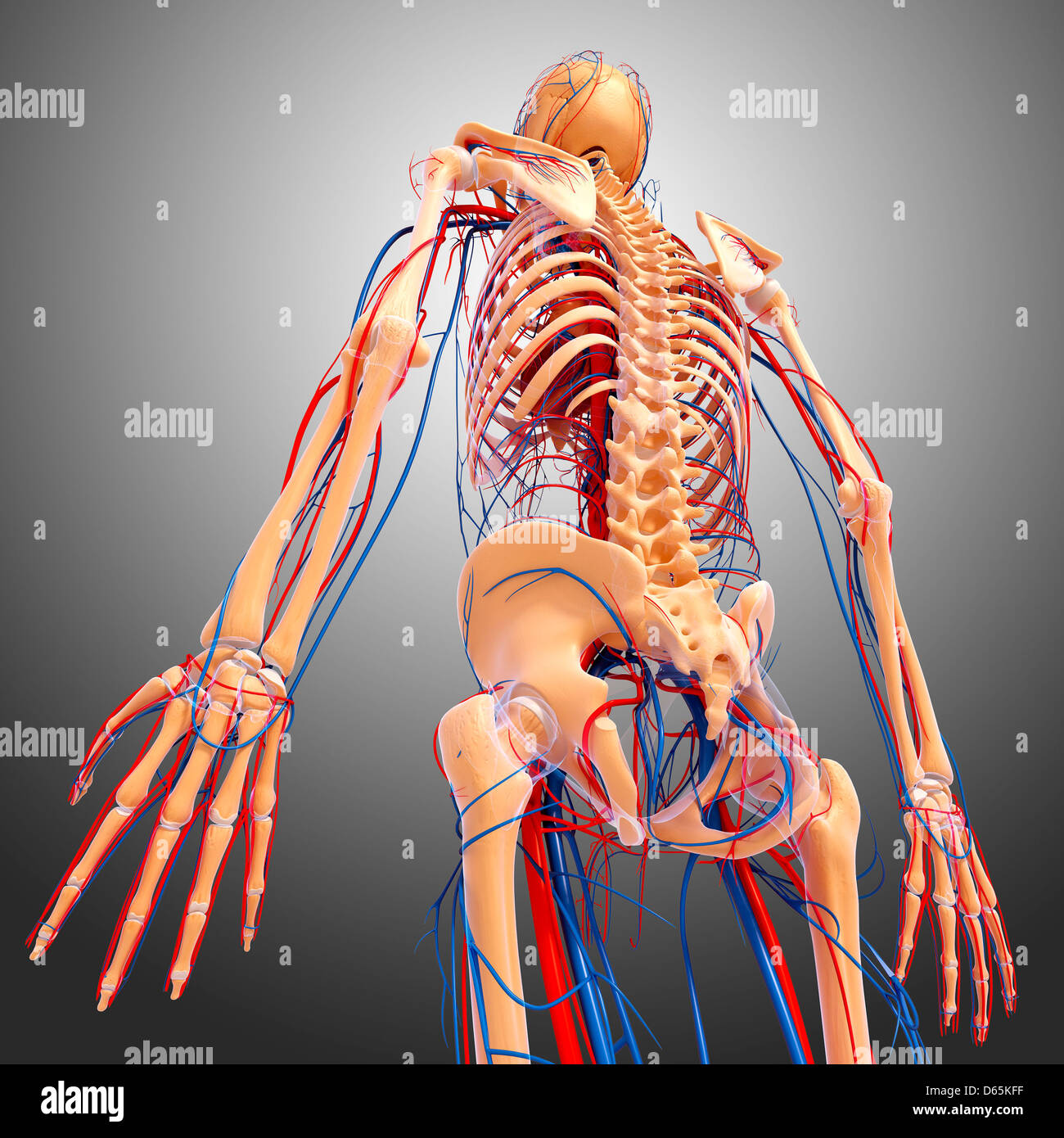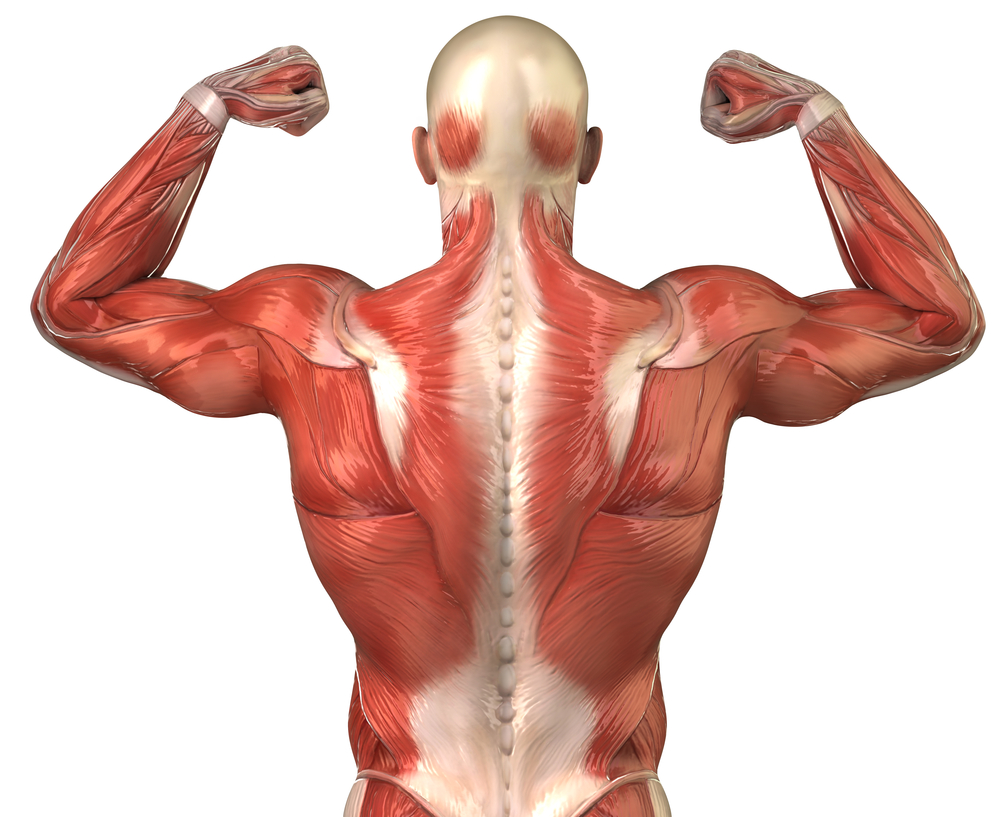Feeling a little confused about aches and discomfort? Perhaps you are wondering how to make things better for your spine. Well, you know, it is a very common experience for many people. We are talking about something that affects a lot of us, actually. It is about understanding what is going on with your body and then finding good ways to feel better. This means looking at what causes trouble and what you can do to get back to feeling good, and keep feeling good, for a long time. So, let us talk about getting your body, especially your back, ready for a much better future.
It seems like a lot of folks, more or less, will deal with some sort of discomfort in their back at some point. This is not just a small number; about 80% of adults, you know, go through this at some time in their lives. It can really change how you live your day, making simple things feel hard. So, figuring out why this happens is a big first step. When you know what is going on, you can start to find ways to ease the trouble and, perhaps, even stop it from happening again later on.
This whole idea of getting **the back to future** is about more than just fixing what hurts right now. It is about building a plan, a kind of roadmap, for your spine’s well-being for years to come. It involves knowing your body, making smart choices, and getting the right help when you need it. We will look at what makes your back tick, what can make it complain, and how you can work towards a future where your back feels strong and ready for anything, really.
Table of Contents
- Understanding Your Back's Story
- Steps to a Brighter Back Future
- Clearing Up Common Questions
- Frequently Asked Questions
- Your Path Forward
Understanding Your Back's Story
To really get **the back to future** moving, it helps to understand a little about how your back works. Your back, you know, is a rather complex part of your body. It is made up of many small pieces, all working together. Different things can cause different kinds of back discomfort. It is not always one simple reason, which is why it can feel a bit confusing, honestly. Learning about the parts of your back and what might be causing your specific discomfort is a great starting point for anyone looking for relief.
What Makes Your Back Ache?
So, what exactly might be causing that feeling of unease in your back? Well, there are many factors, apparently, that may lead to various kinds of back pain. Sometimes it is about how you move, or perhaps how you sit. Other times, it could be something deeper, like the way your spine is structured or how your muscles are working. Knowing the different sections of your back and what might be making them unhappy is key to figuring out the best way to help yourself. It is almost like being a detective for your own body, trying to piece together the clues.
For example, you might feel discomfort in your lower back, which is a very common complaint. This area, you know, takes a lot of stress from everyday movements. Other times, the discomfort could be higher up, near your neck or between your shoulder blades. Each part has its own set of potential troubles. Things like muscle strains, problems with the small cushions between your bones (discs), or even how your nerves are behaving can all play a part. It is really about understanding your own body's signals, and stuff.
Getting a Clear Picture: Diagnosis
When you are trying to figure out what is going on with your back, doctors use various tools, you know, to help diagnose the possible cause for your back pain. This step is super important, actually, because it helps determine the best treatment plan for you. It is not just a guess; it is a careful look at your situation. A big part of this process involves talking with your doctor about your medical and family history. They will ask you questions about when the discomfort started, what makes it better or worse, and what kinds of things you do every day. This chat gives them a lot of useful information, basically.
Beyond talking, doctors might also do a physical check-up. They might ask you to move in certain ways to see what causes discomfort or what limits your movement. Sometimes, they might suggest other tests, like imaging scans, to get a really good look inside. This is all part of getting a full picture, so they can truly understand what is happening with your spine. It is about gathering all the pieces of the puzzle, more or less, to make sure the advice you get is right for you. Your medical and family history, you know, gives them a lot of background information to consider.
Steps to a Brighter Back Future
Once you have a clearer idea of what is causing your back to complain, the next big step for **the back to future** is finding ways to feel better. There are many different paths to take, and what works for one person might be a little different for another. The goal, obviously, is to ease your discomfort and help you get back to doing the things you love. This part is about exploring the options available and seeing what fits best with your life and your body’s needs.
Finding Comfort: Treatment Options
When it comes to treatment of spinal stenosis, for instance, doctors treat spinal stenosis with different options. These can include things like nonsurgical treatments, which might be physical therapy or special exercises. Medications are also a possibility, depending on what kind of discomfort you have and what is causing it. And then, for some people, surgical treatments might be considered if other options have not helped enough. It is about finding the right mix for you, to be honest.
One interesting approach some doctors use is something called radiofrequency ablation. This method uses precise heat, you know, to stop nerves from sending pain signals to the brain. It is a way to quiet down those messages that tell your body something hurts. This kind of treatment, like many others, aims to give you relief so you can move more freely and live with less discomfort. There are answers to common questions about these types of treatments, and your healthcare provider can explain them all to you, pretty much.
Everyday Ways to Support Your Spine
Beyond specific medical treatments, there are lots of simple, everyday things you can do to help your back feel better and prevent future issues. Getting tips to manage your discomfort is a great idea, and knowing when to see your healthcare provider is super important. Simple movements can make a big difference, you know. For example, when doing certain exercises, you might be told to only lower as far as you can while maintaining your back flat against the wall. Then, you slowly return to starting position while maintaining your back flat against the wall. This kind of mindful movement really helps.
Regular, gentle movement is often very helpful for a healthy back. It is not about pushing yourself too hard, but about keeping your body moving in a kind way. Things like walking, gentle stretching, or even just being aware of your posture throughout the day can make a huge impact. It is about making small changes that add up over time, helping you build a stronger, more resilient back for your future. You know, these little habits can really make a difference.
Clearing Up Common Questions
It is easy to feel a bit confused about back discomfort causes and the best remedies. There is so much information out there, and some of it is not quite right. That is why it is good to clear up some of the common ideas people have. Getting accurate information is a big part of taking charge of your back health and truly working towards **the back to future** where you feel good. We have, in fact, debunked eight common back pain myths, which is pretty cool.
Busting Those Back Pain Stories
One common idea people have, for example, is that if your back hurts, you should just rest completely. While some rest can be helpful, too much rest can actually make things worse for many types of back discomfort. Keeping a little bit of gentle movement, as long as it feels okay, is often better. Another idea is that all back discomfort needs surgery. That is simply not true. Most back problems get better with nonsurgical treatments, like physical therapy or specific exercises. It is about finding what works for your unique situation, you know.
Another myth is that discomfort means something is seriously damaged. Not always! Sometimes, discomfort is just a signal, and it does not always mean there is a big problem. It is about understanding what your body is trying to tell you. Knowing these kinds of things can help you feel less worried and more in control of your situation. It helps you focus on what truly helps, instead of getting caught up in old ideas that might not be right for you, or for anyone, really.
When to Reach Out for Help
While many types of back discomfort can improve with self-care and everyday changes, there are times when it is really important to get help from a healthcare provider. If your discomfort is very severe, or if it is not getting better after a few weeks, it is a good idea to make an appointment. Also, if you have new weakness or numbness in your legs, or if you are having trouble with bladder or bowel control, you should seek medical attention right away. These could be signs of something that needs quick care, so it is important to be aware of them, you know.
When you are experiencing back or neck discomfort, getting personalized care and treatment from our team of spine experts can make a world of difference. They can help figure out exactly what is going on and create a plan just for you. This kind of specialized help is invaluable for anyone looking to truly get **the back to future** feeling good. They look at your whole situation, including your medical and family history, to give you the best advice and support. It is about having a team on your side, basically, helping you find your way back to comfort. You can learn more about back pain on the National Institute of Neurological Disorders and Stroke website, for example.
Frequently Asked Questions
Here are some common questions people often have about back discomfort and getting better, you know.
What is the quickest way to find some relief for back discomfort?
Well, the fastest way to feel better can really depend on what is causing your discomfort. Sometimes, gentle movement, applying heat or cold, or over-the-counter medications can help pretty quickly. For others, specific stretches or even just changing how you sit might offer fast relief. It is often about trying a few simple things to see what helps your body feel a little easier, you know.
What are the main things that cause back discomfort?
There are many reasons why your back might hurt, honestly. It could be from muscle strains, which are very common. Sometimes, it is about problems with the discs that cushion your spine, or even issues with the small joints in your back. Things like poor posture, lifting heavy objects incorrectly, or even just sitting for too long can also play a big part. It is often a mix of things, actually.
When should I be really worried about my back discomfort?
You should definitely see a doctor if your discomfort is very severe, or if it does not get better after a few weeks of trying self-care. Also, if you feel numbness, tingling, or weakness in your legs, or if you have any trouble with your bladder or bowels, that is a clear sign to get medical help right away. These could be signs of something more serious that needs attention, you know.
Your Path Forward
Thinking about **the back to future** means giving your spine the attention it deserves today. It is about understanding that common complaint, back pain, and knowing there are many ways to manage it. Determining the cause can help you find relief and prevent future pain, which is really important. Whether it is through learning about your body's parts, getting a proper diagnosis, exploring different treatments, or just adopting better daily habits, every step you take helps. Remember, your comfort matters, and there are people and resources available to help you on this journey. Learn more about back health on our site, and link to this page here for personalized care options.



Detail Author:
- Name : Sebastian Luettgen
- Username : bartoletti.benton
- Email : qmurray@gmail.com
- Birthdate : 1987-01-20
- Address : 64396 Tanya Extensions East Catharine, AK 12145
- Phone : +1-940-439-0059
- Company : Kemmer, Morar and Ferry
- Job : Stringed Instrument Repairer and Tuner
- Bio : Non sequi consequatur est. Nam dolores esse tempore dolorum ex. Repudiandae quia molestiae doloremque ut voluptatem id rerum. Ea nihil quos voluptas nesciunt soluta et quia.
Socials
tiktok:
- url : https://tiktok.com/@paxton2768
- username : paxton2768
- bio : Ducimus vel sit doloremque excepturi et deserunt occaecati.
- followers : 5791
- following : 2848
instagram:
- url : https://instagram.com/paxtonmueller
- username : paxtonmueller
- bio : Fugit non facilis accusamus aliquid. Iste dolorum odit nobis doloremque architecto.
- followers : 3223
- following : 2886
twitter:
- url : https://twitter.com/mueller2021
- username : mueller2021
- bio : Possimus numquam ut aliquid est accusantium expedita ut. Nemo sit animi ut ipsa quasi. Modi adipisci quo ut sunt sit esse perspiciatis.
- followers : 534
- following : 681
facebook:
- url : https://facebook.com/paxtonmueller
- username : paxtonmueller
- bio : Quia natus aspernatur dolorem sint voluptas.
- followers : 2818
- following : 2507



























